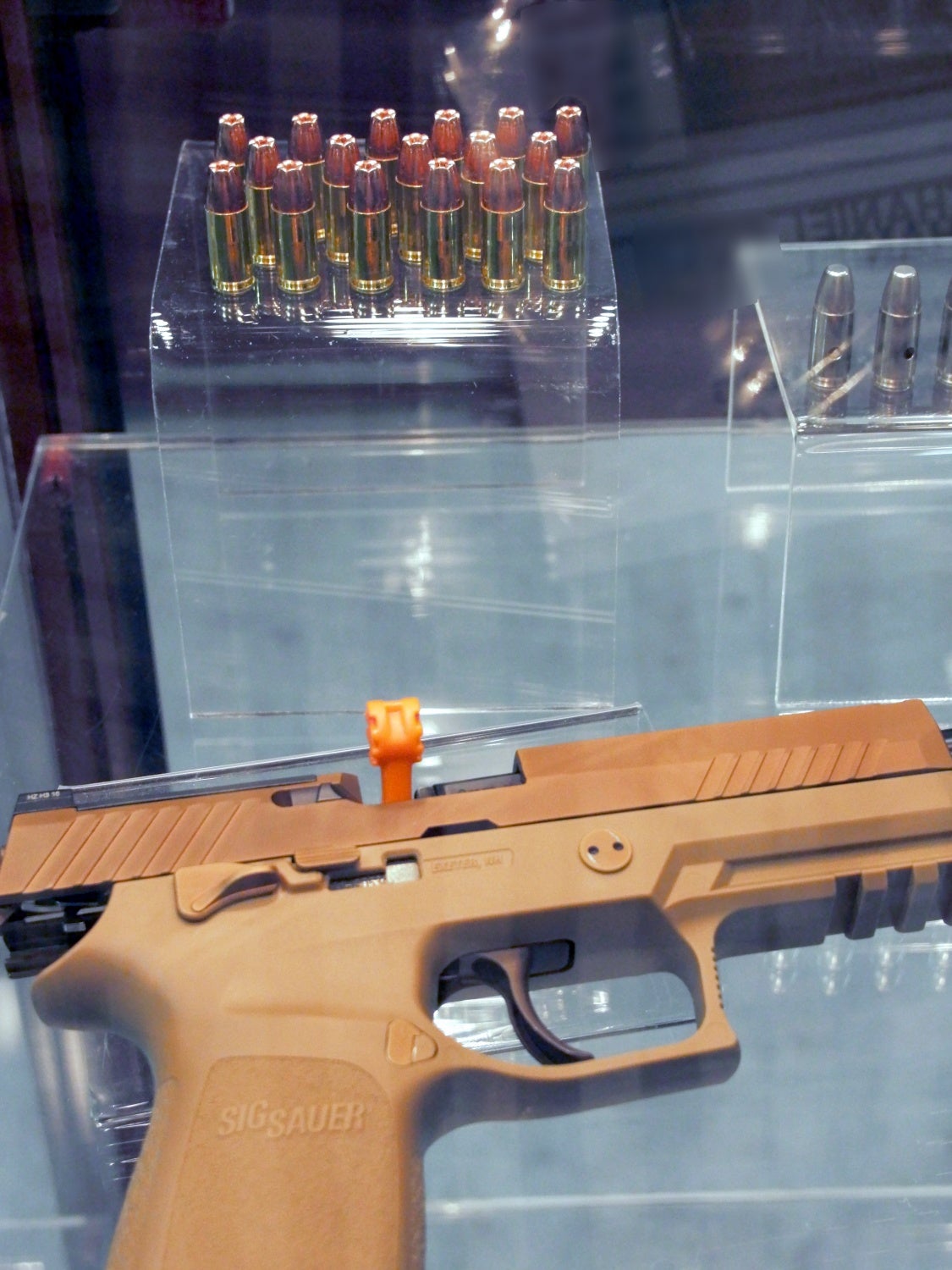- Joined
- Oct 22, 2014
- Messages
- 13,309
How would you explain this? What am I missing?
EmperorMA stated about bone hits, however how did you determine that there were popped blood vessels throughout the carcass?
Follow along with the video below to see how to install our site as a web app on your home screen.
Note: This feature may not be available in some browsers.
How would you explain this? What am I missing?
Examined the carcass once skinned.EmperorMA stated about bone hits, however how did you determine that there were popped blood vessels throughout the carcass?
Examined the carcass once skinned.
Neck impacts had visibly popped vessels on surface (just under hide) even back on hind quarters but were absent on vitals shots.
Yeah...I don't think it would happen with humans so much...too squishy and bony.
I saw it on all neck shots I've or my son have taken (all within 100 yds) using 6.5 Grendel.
I'll take pictures next time I run across it.
Seems like he tested lots of bullets, including expanding ones from what I have read. He actually advocated for opening the tips more so they were more lethal, because he tested a wide variety. He was testing for surgical purposes, so his testing and reports seem to include more. Cause enemy forces don't always and won't comply with the "rule".I wonder how Dr. Fackler's conclusions might have differed if he conducted research for an employer that wasn't prohibited from using expanding bullets. You know, because they cause more severe wounds.
So what did he have to say about permanent wound cavities of expanding bullets vs non-expanding?
The rule against the U.S. military using expanding bullets is indeed a rule, as highlighted in the article you posted. The MatchKing wasn't approved until it was proven to be non-expanding despite the "hollwpoint" designation used by Sierra.
Google and read. There’s nothing magical about expanding bullets. They crush more tissue, and tend to have better straight line penetration. However, all else being equal, an expanding bullet that doesn’t fragment, will have a narrower wound than a bullet that does fragment.
Your understanding of US mil projectile approval and The Hague guidance is incorrect. As a general thing, a bullet can expand- it just isn’t supposed to be designed to expand. But that is t always the case either. As for it being a “rule”. No, we generally follow The Hague, but the US was never a signer of it and can and has deviated.
The military does that from time to time. A nuanced interpretation of how the United States decides to adhere to international guidelines gets boiled down to "no hollow points ever." Here's a pretty good rundown of the issue (https://www.justsecurity.org/25200/dod-law-war-manual-returns-hollow-point-bullets-armed-conflict/) with elements of particular interest below.I guess the U.S. Army lied to me for many years. Is the above what they told you in all of the International Humanitarian Law and Law of War training you attended? I also never once laid eyes on a bullet that wasn't an FMJ.
Section 6.5.4.4 of the DOD manual, “Expanding Bullets,” states that “[t]he law of war does not prohibit the use of bullets that expand or flatten easily in the human body.” Hollow point bullets “are only prohibited if they are calculated to cause superfluous injury.” The manual goes on to provide three reasons why expanding bullets are lawful for use in armed conflict:
(1) The 1899 Declaration on Expanding Bullets “only creates obligations for Parties to the Declaration in international armed conflicts in which all the parties to the conflict are also Parties to the Declaration” (the United States is not Party to the Declaration).
(2) The Defense Department determined in a 2013 review that the 1899 Declaration does not reflect customary international law.
(3) Expanding bullets as manufactured today are not “inherently inhumane or needlessly cruel.”
These rationales represent a significant shift in policy that Judge Advocates practicing international law need to understand.
The military does that from time to time. A nuanced interpretation of how the United States decides to adhere to international guidelines gets boiled down to "no hollow points ever." Here's a pretty good rundown of the issue (https://www.justsecurity.org/25200/dod-law-war-manual-returns-hollow-point-bullets-armed-conflict/) with elements of particular interest below.
Air Force, but yes I've worked with several people who, in previous assignments/missions, used non-standard ammunition and I have personally watched people loading hollow points into their handgun magazines with complete legal authority to do so.Did you ever use, see, or even hear of anyone using expanding bullets in the Army?
Black Hills makes the 77gr bullet OTM for the military.Did you ever use, see, or even hear of anyone using expanding bullets in the Army?
As noted previously, the 77 gr SMK bullet used in the Mk262 loading is not really an expanding bullet, at least not in the legal sense of the term. Accordingly, it is allowed for use by both signatories and non-signatories.Black Hills makes the 77gr bullet OTM for the military.
MK 262 MOD 1-C, MIL PACK | Product categories | Black Hills Ammunition
www.black-hills.com


Did you ever use, see, or even hear of anyone using expanding bullets in the Army?
Many thanks!LimeSpoon,
WELCOME to the forum and THANK YOU for your willingness to share your knowledge!



